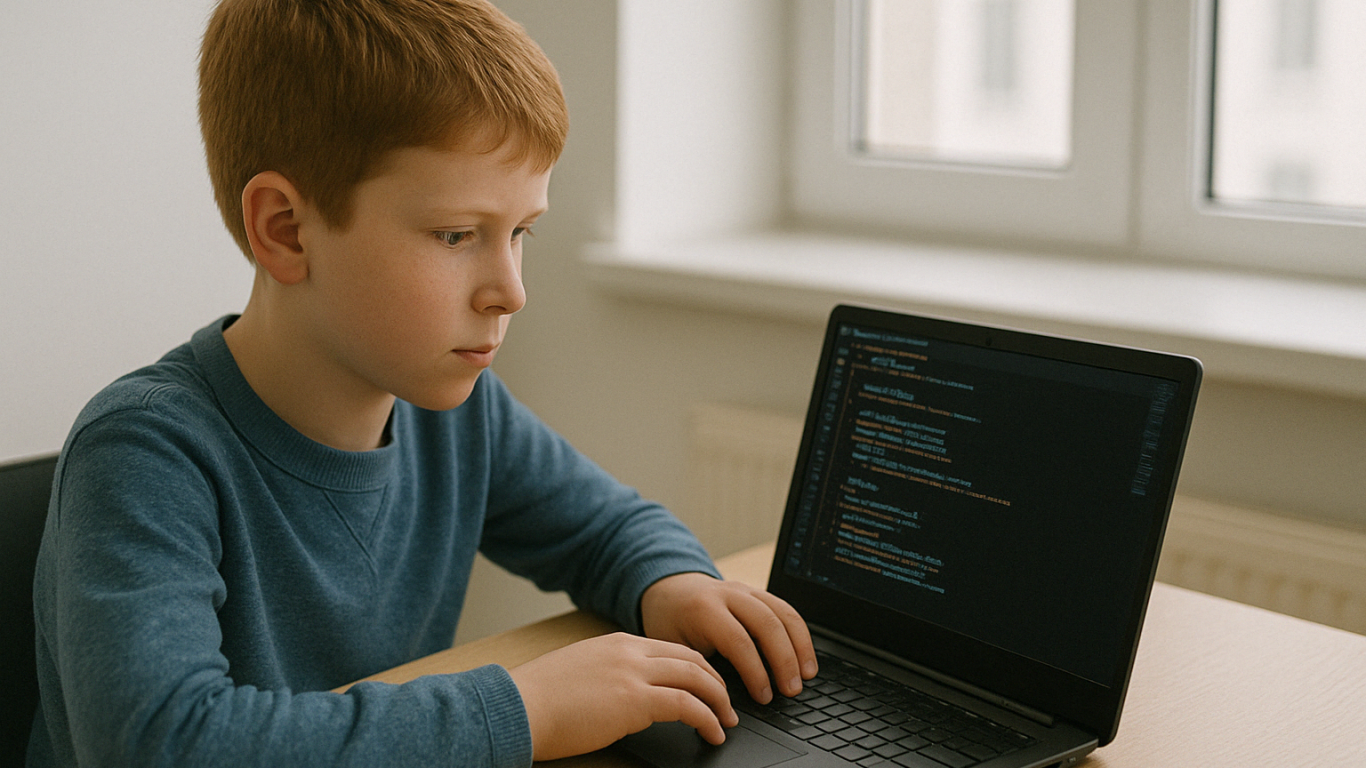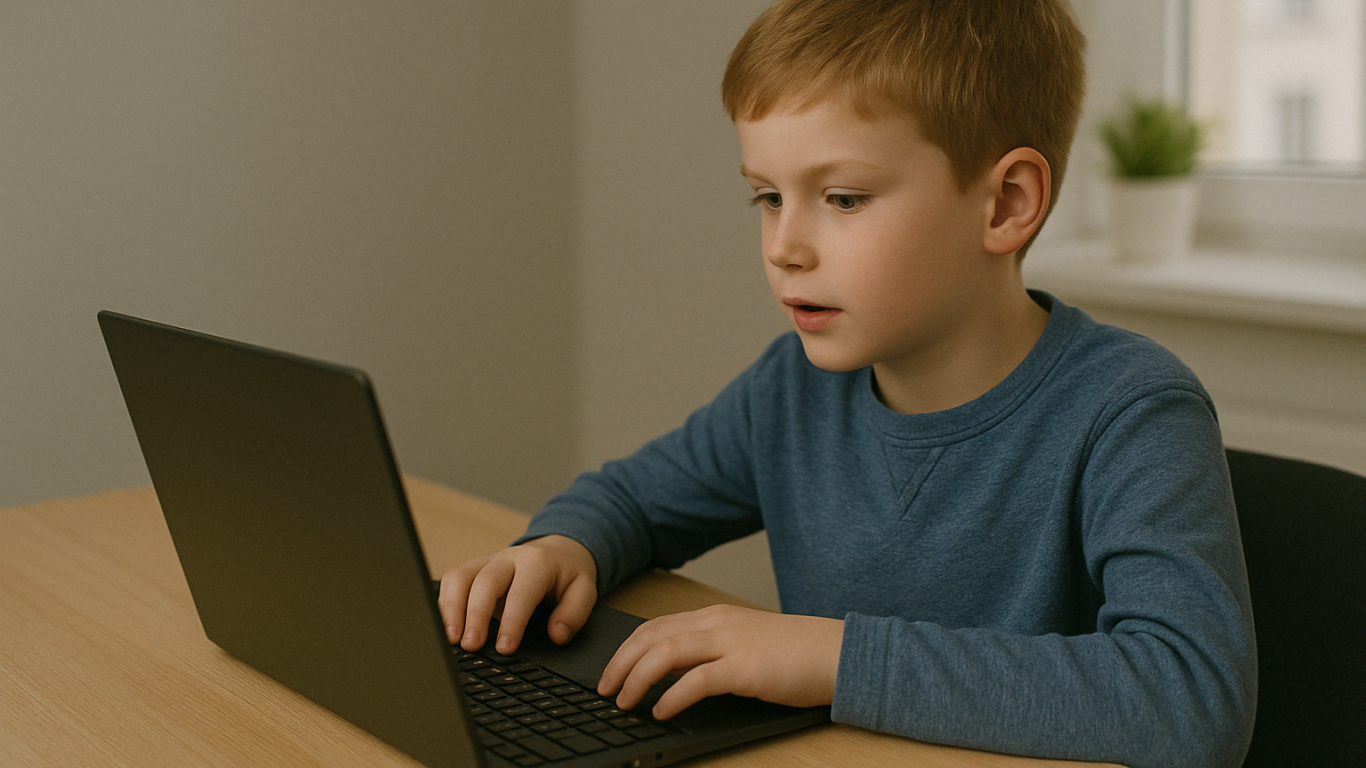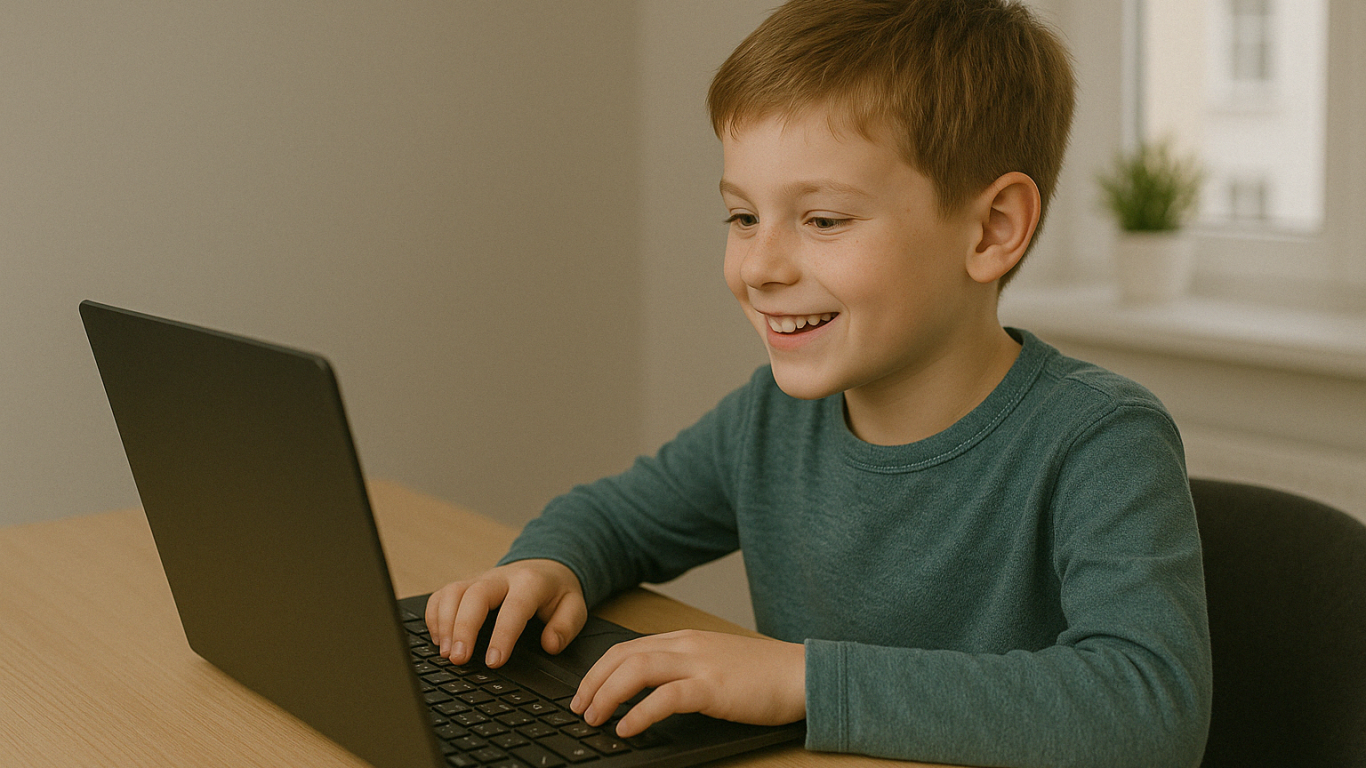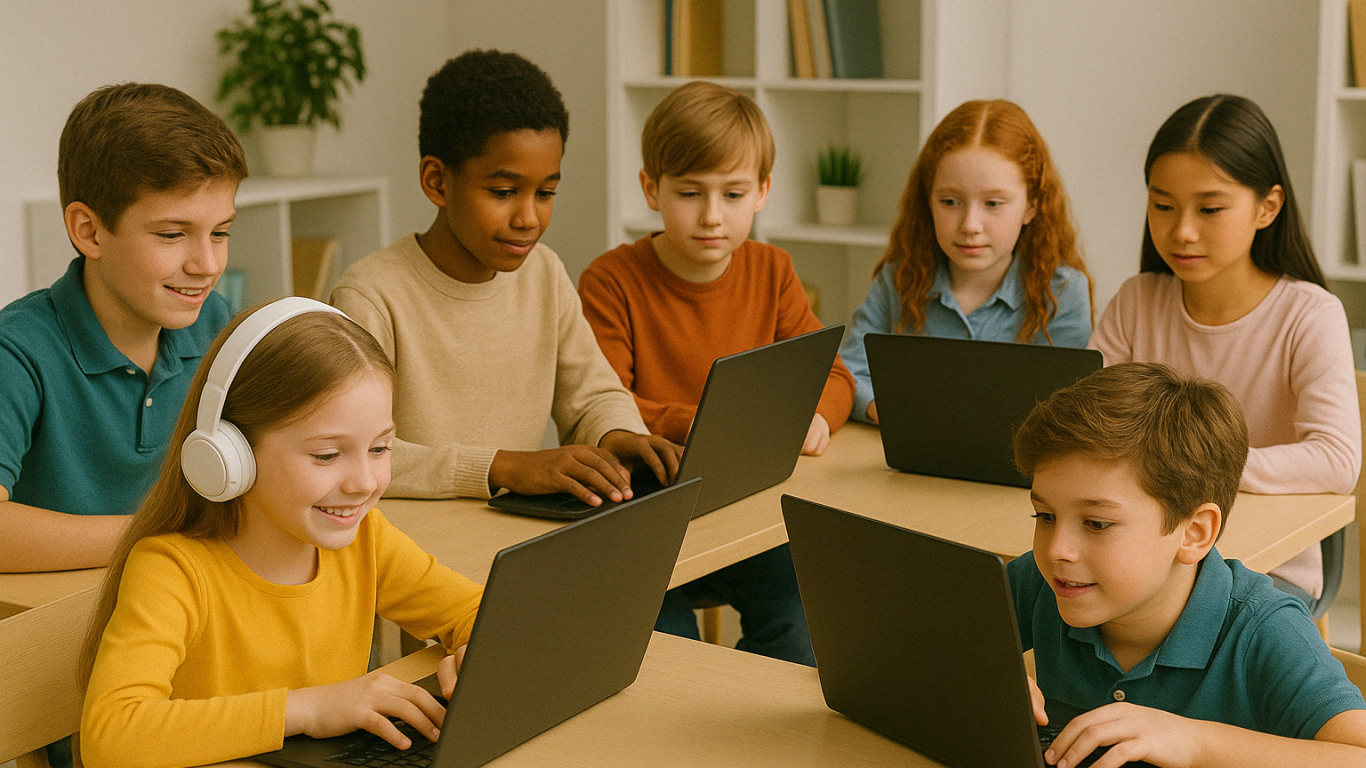How to Learn Coding for Beginners Kids and Teens
In today’s increasingly digital world, coding has become an essential skill that opens up many opportunities for the future. For kids and teens, learning coding for beginners is a great first step to understanding how technology works and starting to build their own digital creations.
Why Should Kids and Teens Learn Coding for Beginners?
Starting to learn coding for beginners at a young age offers many benefits, not only technical ones, but also for personal development and social skills.
Some key benefits include:
- Improving logical thinking and problem-solving skills
- Boosting creativity and imagination
- Building a structured way of thinking
- Gaining confidence through creating real projects
- Understanding the technology they use every day
First Steps to Learn Coding for Beginners

To make the learning process more effective, it’s important to use a fun, engaging approach that matches the child’s learning level.
Here are some steps to get started:
- Introduce basic concepts with interactive games
Apps like Scratch Junior or Code.org help kids understand the logic behind programming through visuals and games. - Choose the right programming language based on age
Ages 5–9: Scratch Junior, Blockly
Ages 10–14: Scratch, basic Python
Ages 15 and above: Python, HTML/CSS, JavaScript - Start small with simple, fun projects
For example, making a basic game or an animated story on Roblox or Minecraft Education
Kid-Friendly Platforms to Learn Coding for Beginners

There are many online platforms available to help children understand programming step by step.
Recommended platforms include:
- Scratch – A visual programming tool perfect for beginners
- Code.org – Educational coding challenges with fun themes
- Tynker – A subscription-based platform with interactive content
- Minecraft Education – Learn coding through building and playing
- Timedoor Academy – Project-based coding courses available online and offline, perfect for kids and teens across the world!
Make Learning to Code Fun and Enjoyable

Kids are more likely to stick with coding if it’s connected to things they already enjoy.
Here are some project ideas that make learning to code more exciting:
- Create interactive games using Scratch
- Build a short animation or digital comic
- Design a personal website with HTML and CSS
- Make a basic app using Python
When children can see and share what they’ve created, they’ll feel proud and motivated to keep learning.
Combine Kids’ Interests with Learning to Code

One effective way to encourage your child to learn coding for beginners is by tying it to their hobbies and interests.
For example:
- Kids who love drawing can try digital animation
- Kids who enjoy gaming can learn to create their own games
- Kids who like writing can make interactive stories or visual novels
This personalized approach makes the learning process feel more natural and enjoyable.
Learning to Code is Better with Mentors

Although self-learning is possible, coding for beginners is often more effective with a mentor and a supportive environment.
At Timedoor Academy, kids and teens can join:
- Coding for Kids (ages 5 to 12)
- Coding for Teens (ages 13 to 18)
- Courses in Scratch, Python, HTML/CSS, and more
All classes focus on hands-on practice through age-appropriate digital projects.
Parents Play a Big Role in the Learning Journey
Parental support is key, especially when children face challenges or lose motivation.
What parents can do:
- Set aside time and space for learning
- Celebrate their child’s achievements, big or small
- Have conversations about the projects they’re working on
- Enroll them in a trusted program with the right learning style
When parents show interest and encouragement, kids feel supported and excited to learn.
Tips for Choosing the Right Coding Course for Beginners
With so many options available, how do you choose the best one? Here are some factors to consider:
- Age and skill level
Make sure the course matches the child’s stage of development. It should be challenging but not overwhelming. - Teaching method
Project-based, interactive learning is often more engaging than memorizing theory. - Mentor availability
Having a mentor helps children when they get stuck or need guidance. - Flexible schedules
A flexible program works well with school and other activities. - Parent reviews
Look for testimonials or reviews to get a sense of the course’s quality and impact.
At Timedoor Academy, every aspect is carefully designed to help kids learn coding for beginners in a way that’s fun, meaningful, and future-ready.
Ready to Start Your Child’s Coding Journey?

Ingin tahu detail program?
Learning coding for beginners is an investment in the future, and it can start today. With the right approach, kids and teens won’t just understand technology, they’ll be able to shape it with their own ideas.
Looking for a fun, project-based, and child-friendly place to start? Join Timedoor Academy’s free trial class available offline all around the world!